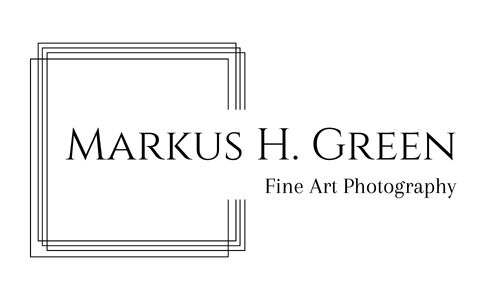Flourishing in Stills
Markus H. Green
Fine Art Photography

Artist Biography
Here, or there
I’m Markus Green, a photographic artist moving between Germany, France, and the United States. Born in Savannah, Georgia to a German mother and an American father, I grew up in Germany with roots on both sides of the Atlantic — shaped by contrast, fluidity, and a quiet curiosity about perception.
Before dedicating myself to photography, I studied Sociology, Psychology, and Philosophy in Germany and Japan. Eventually, I set aside the academic pen for a camera. But the inquiry remained: Who are we, and how do we relate to the world around us?
For me, photography is a form of meditation. A way to slow down. To notice. Each image begins in quiet, then evolves into an invitation — to pause, to reflect, and to feel.
Henri Matisse once said, “Exactitude is not truth.” That sentiment has stayed with me. My work isn’t about recording the world precisely as it is. Instead, I aim to explore how the world impresses itself upon us — emotionally, intuitively, often without words.
I’m drawn to the tension between precision and perception: using a tool of rational observation to create something emotionally open. This duality — between clarity and feeling, between seeing and sensing — runs through my work.
My images are part of private collections across four continents and have been included in several group exhibitions throughout Europe. But more importantly, I hope they find resonance in the quiet corners of your own experience.

